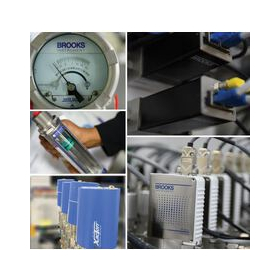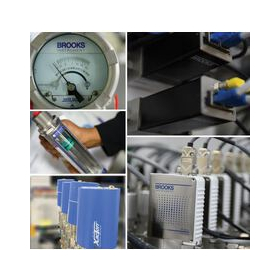The new application report describes how to optimize recordings of cardiac electrophysiology using the Qube 384 perforated patch clamp.
Human induced pluripotent stem cell-derived cardiomyocytes (hiPSC-CMs) hold the potential to revolutionize heart disease modeling and drug screening.
However, capturing physiologically relevant action potentials (APs) has been challenging, particularly with conventional whole-cell (WC) patch-clamp methods. WC recordings often disrupt the cellular environment, leading to a reduction in AP duration due to the "washing out" of cytoplasmic components.
By using perforated patch-clamp techniques, it is possible to maintain electrical access while preserving cellular integrity. Unlike WC, the perforated method creates small pores in the cell membrane using agents like nystatin, allowing ions to pass while retaining important cytoplasmic components.
Applying this method has significantly improved AP recordings on the Sophion Qube 384 platform, demonstrating a success rate of up to 40%.
For more details, please refer to the related links.

Inquiry about this news
Contact Us OnlineMore Details & Registration
Details & Registration







